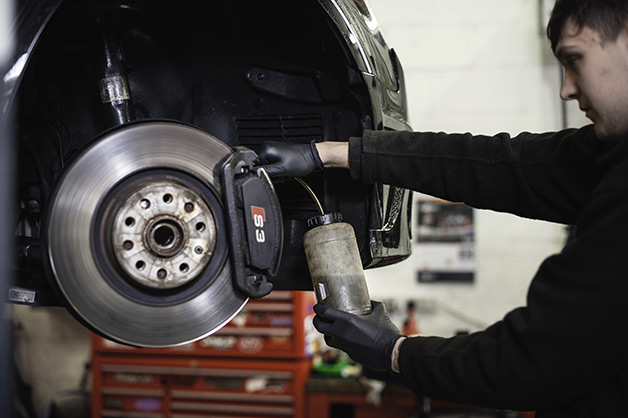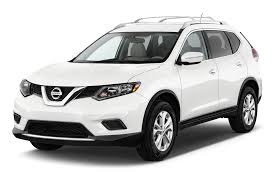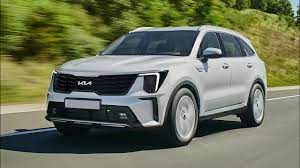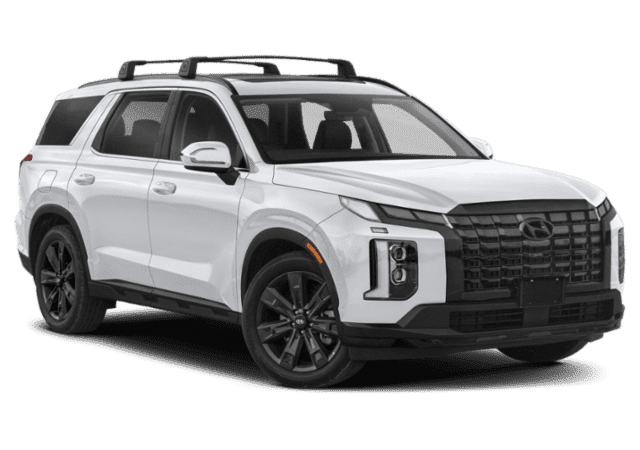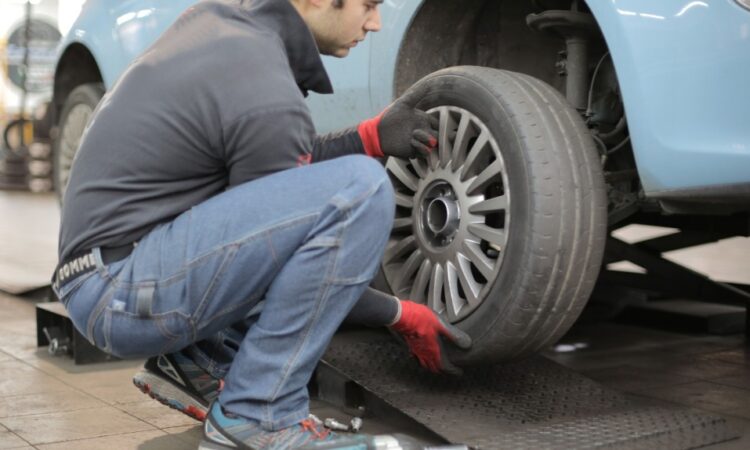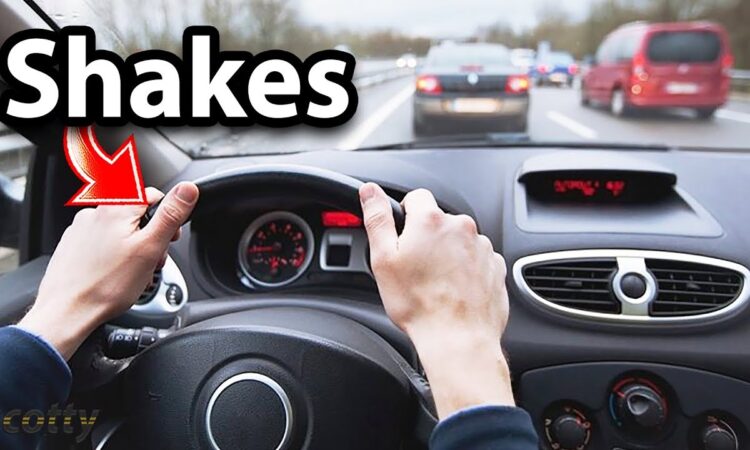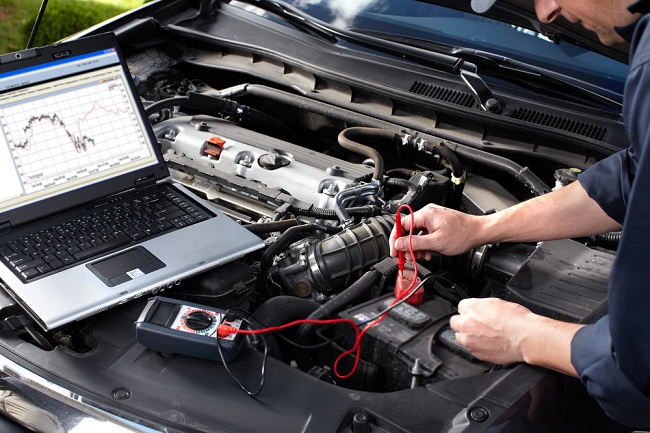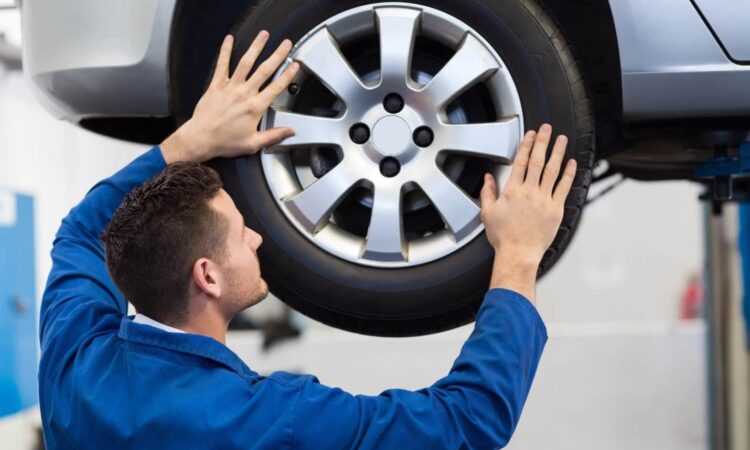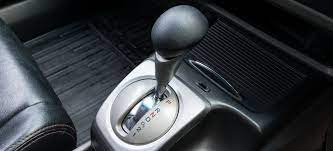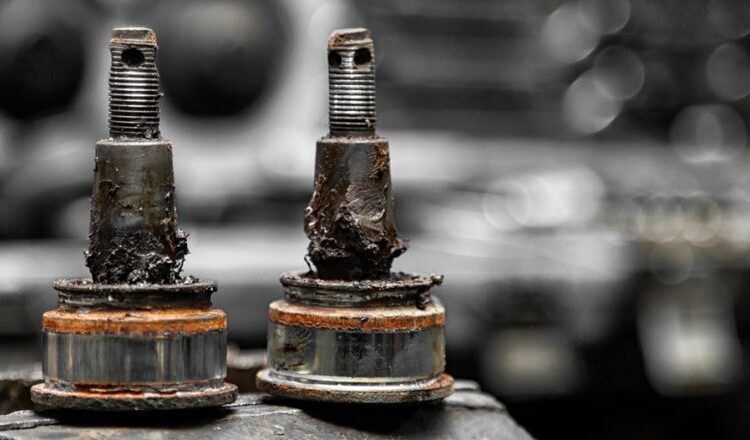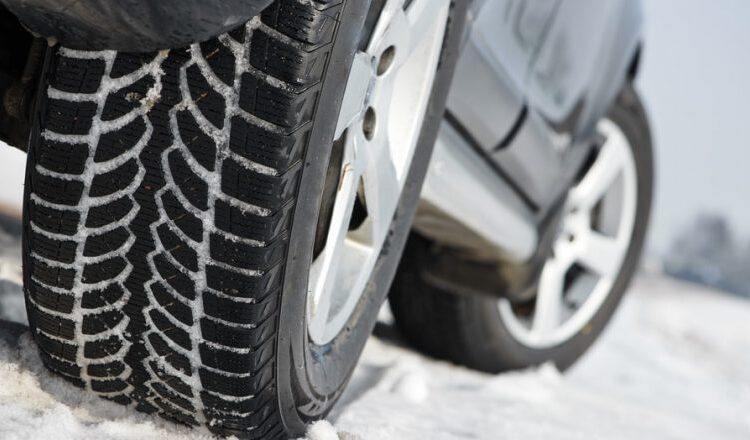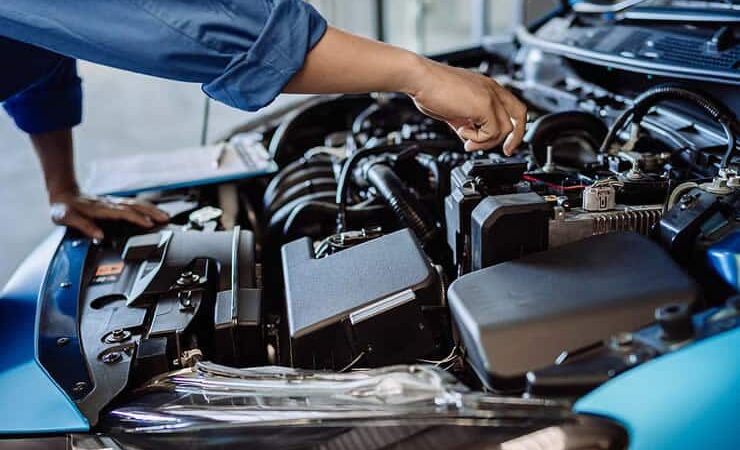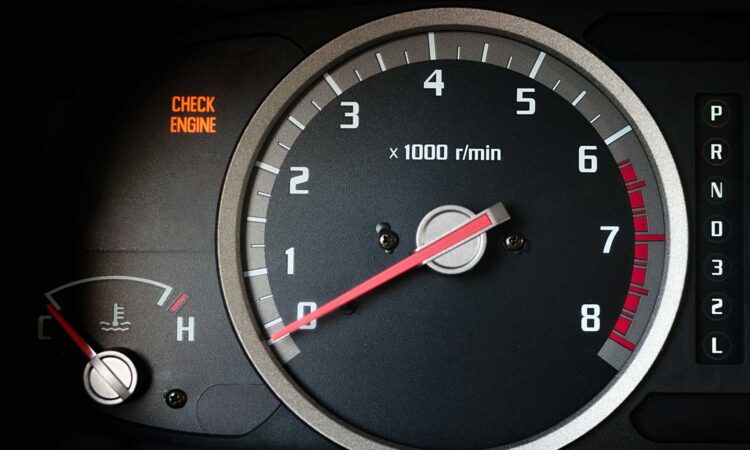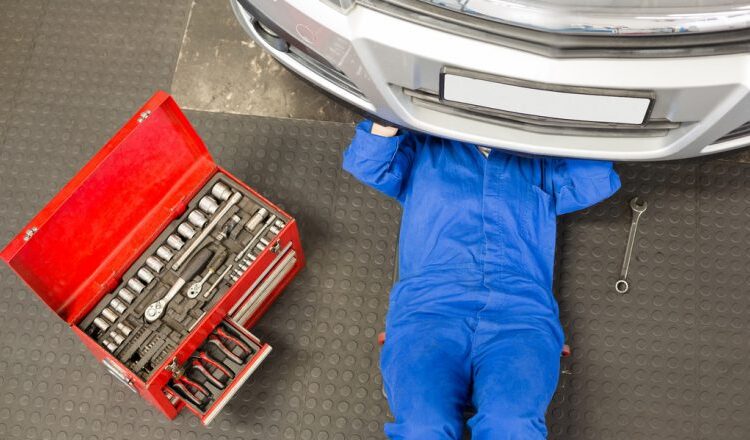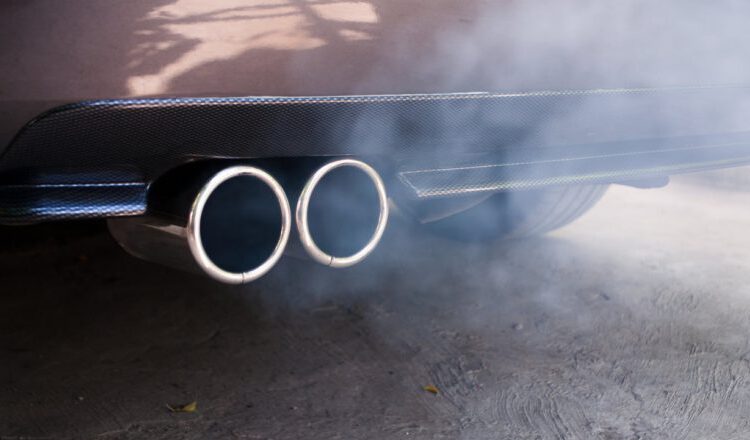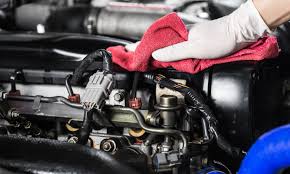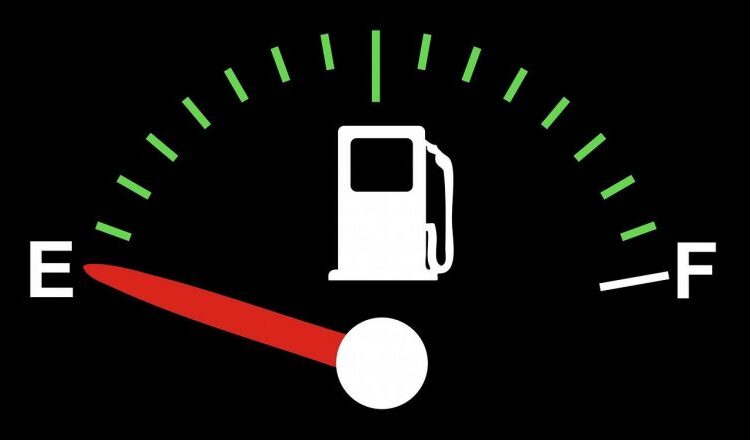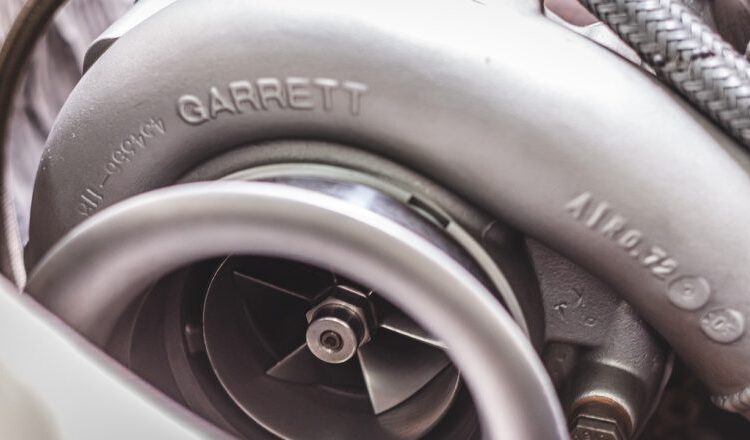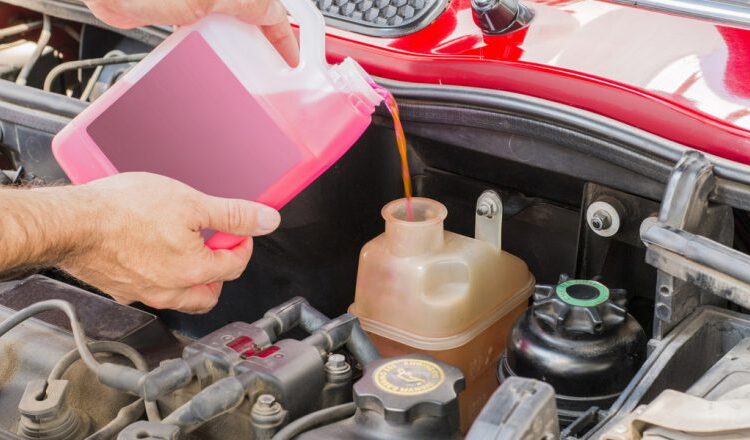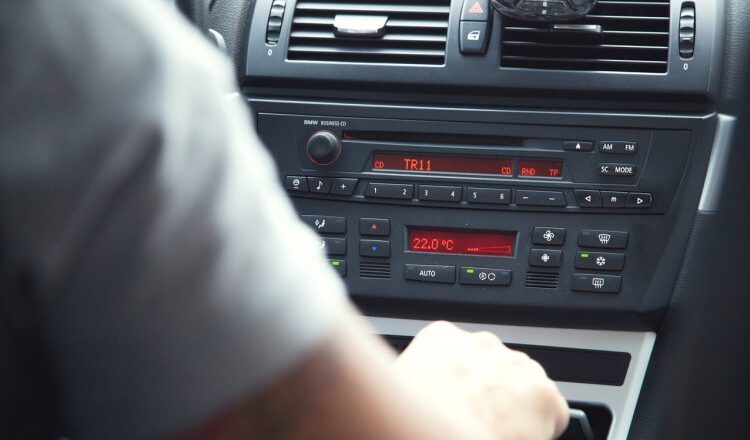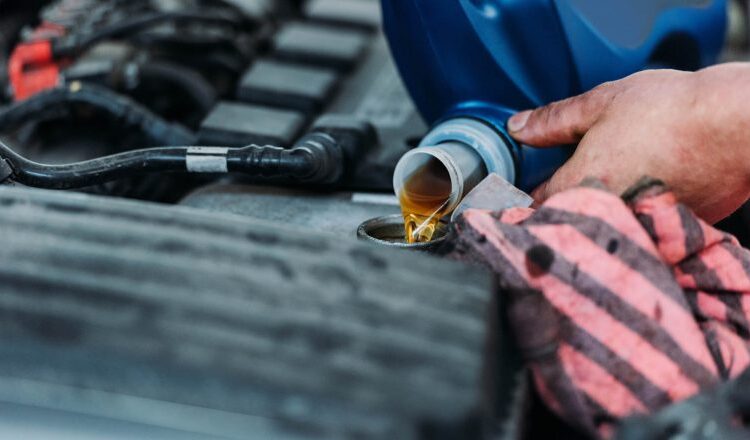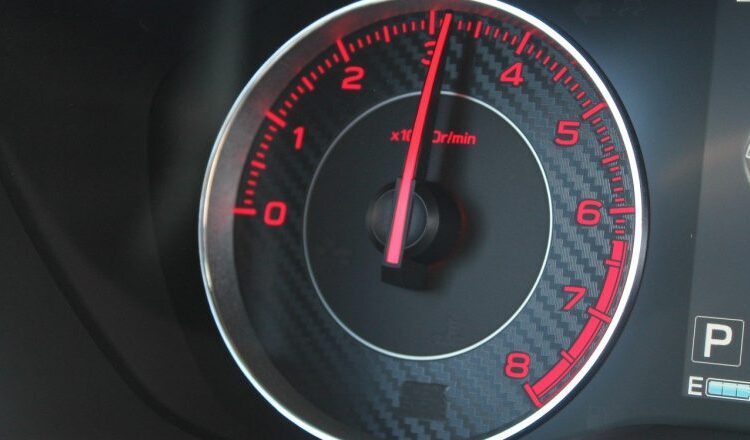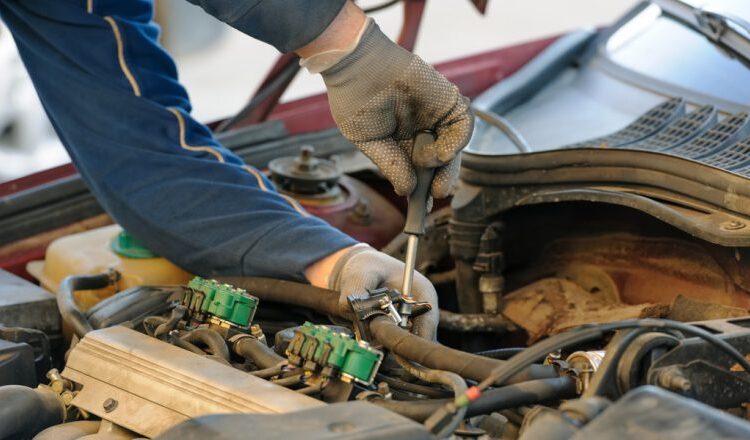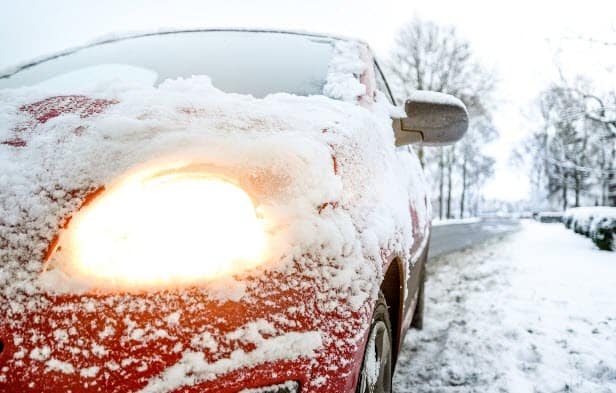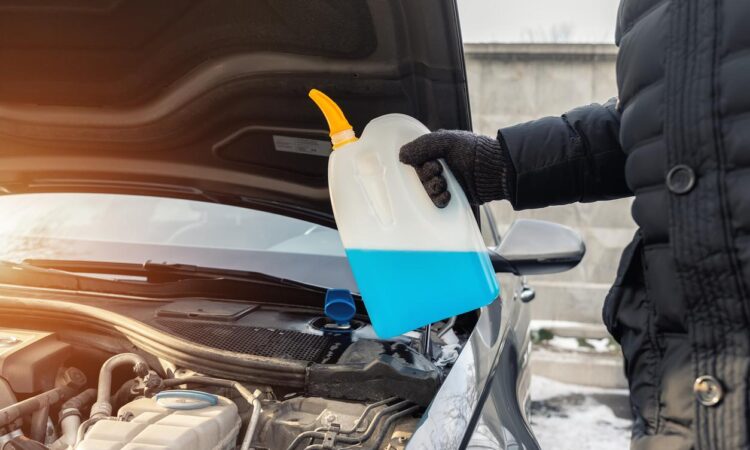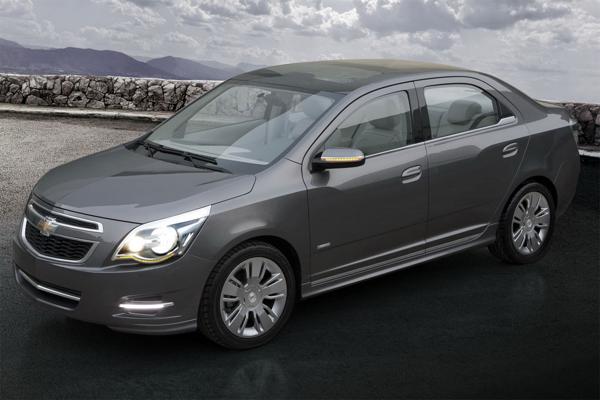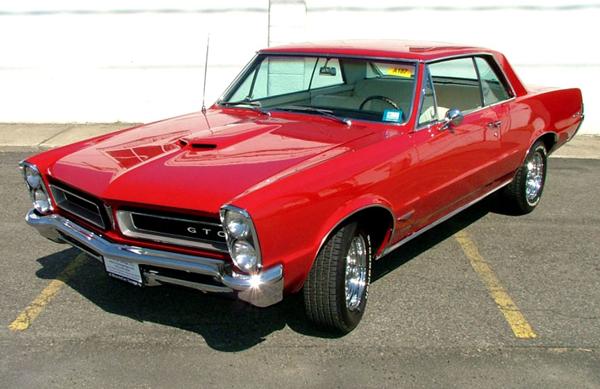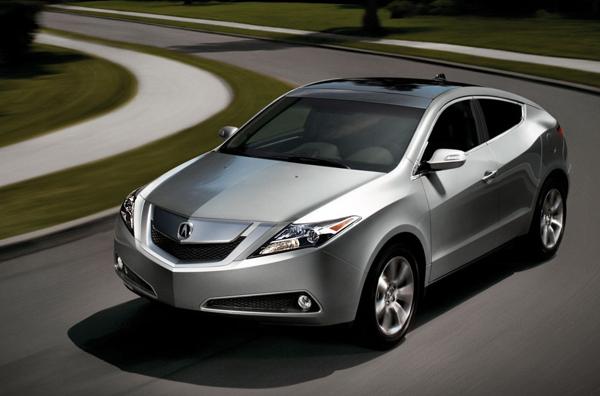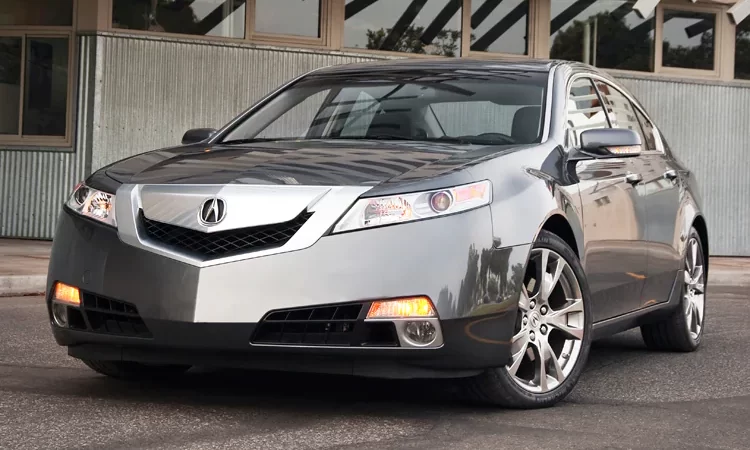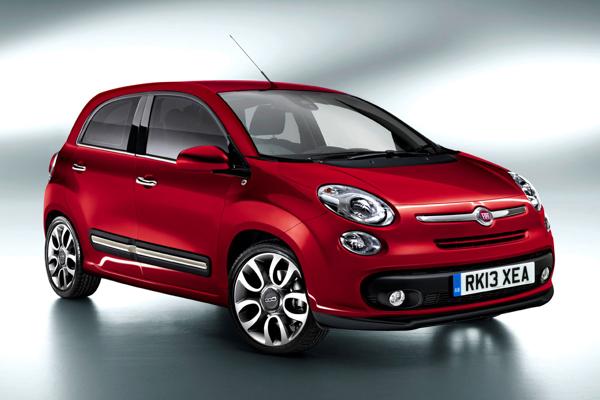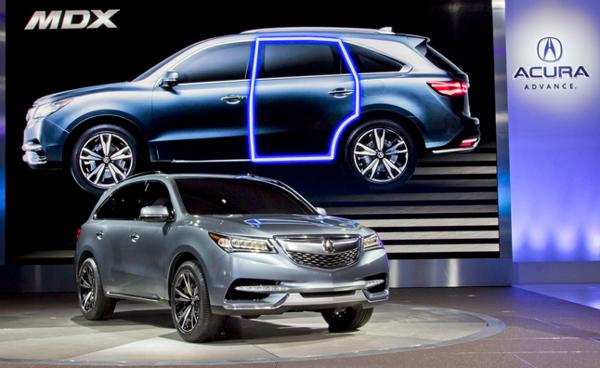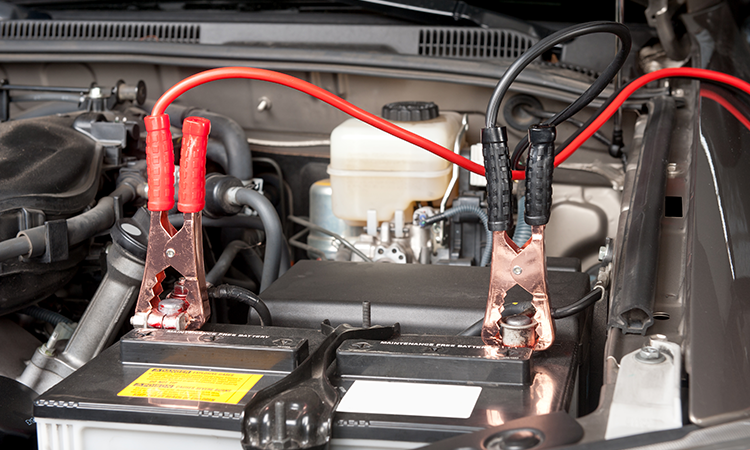
Starting with jumper cables can be a lifesaver when your car’s battery unexpectedly runs out. This procedure requires some caution to avoid damaging your car. Below are the steps you need to know to properly connect your jumper cables and start your car safely.
When to Use jumper cables:
Jumper cables are essential when your car’s battery is depleted. Symptoms of a dead car battery include issues with central locking, dimming interior lights when attempting to start the engine, intrusive dashboard lighting, weakened turn signals and horn sounds, difficulty starting the engine, or a complete lack of reaction after turning the key in the ignition.
How to Use Jumper Cables
Step 1: Preparation:
Before beginning the process, gather the necessary tools. You’ll need a second car with a functioning battery and a set of jumper cables with the appropriate current capacity (usually marked AWG). Always handle jumper cables by the insulated plastic handles to prevent electric shock.
Step 2: Vehicle Parking:
Park both cars so that their engine compartments are close but not touching. Ensure that both vehicles are turned off to prevent any electrical mishaps.
Step 3: Connecting the Cables:
Follow the correct order to connect the jumper cables:
- Connect the red cable to the positive terminal in the donor car.
- Attach the black cable to the negative pole of the same donor car.
- Connect the other end of the red cable to the positive pole in the car with the dead battery.
- Attach the black cable to the ground of the car with the dead battery (a metal element under the hood).
Step 4: Starting the Vehicle:
Once the cables are correctly connected, start the engine of the donor car with the working battery. Allow it to run for a few minutes to charge the dead vehicle’s battery. Then, attempt to start the engine of the car that needed assistance.
Step 5: Removing the Cables:
When you can start the engine, follow these steps to remove the cables in reverse order, starting with the negative (-) cables. Carefully unclamp each cable and place them back in their respective positions.
It’s crucial to follow these steps meticulously to ensure a safe jump start. Incorrect connections or removal can lead to electrical damage or, in extreme cases, injury. Always exercise caution when dealing with car batteries and follow the manufacturer’s recommendations for your specific vehicles. If you’re unsure, consult a professional mechanic for assistance.
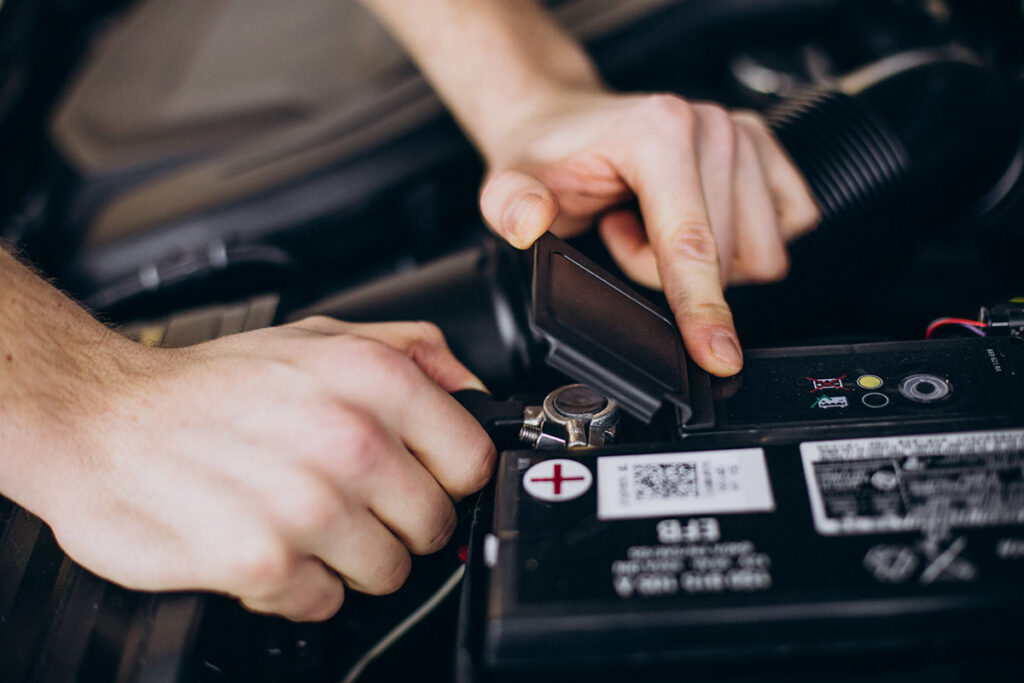
Jumper Cables FAQ
1. Can I get jumper cables at gas stations?
While some gas stations may offer small jumper cables for purchase, they might not be the most reliable solution, especially for larger vehicles like SUVs or trucks. It is recommended to use thicker cables that can efficiently conduct the energy required to jumpstart a car. Consider purchasing high-quality, heavy-duty jumper cables for optimal performance.
2. What are jumper cables used for?
Jumper cables, also known as jump leads or booster cables, are insulated wires sold in pairs. Equipped with alligator clips, these cables are designed to connect a car battery to an external energy source. This source can be another vehicle with a functioning battery or a separate battery with the same voltage as the car that needs a jumpstart.
3. Why do I need heavy-duty jumper cables?
Heavy-duty jumper cables have a higher gauge and are thicker, enabling a more efficient flow of electricity to quickly jumpstart your vehicle. These cables are particularly useful in challenging conditions, including cold weather, ensuring a reliable jumpstart even in adverse situations.
4. Do I need to turn off my car before disconnecting the jumper cables?
Absolutely! It is crucial to turn off both vehicles involved before connecting or disconnecting jumper cables. Failure to do so can result in vehicular damage and, in extreme cases, pose a risk of electric shock. Always prioritize safety by ensuring both the car and the auxiliary power source are powered down before manipulating the cables.
5. How do I connect jumper cables?
Follow these steps to connect jumper cables safely:
- Ensure both vehicles are turned off.
- Connect the red clamp to the positive terminal of the dead battery (usually marked with a “+” symbol).
- Attach the other end of the same red cable to the positive terminal of the working battery or the external power source.
- Connect the black clamp to the negative terminal of the “donor” power source.
- Attach the other end of the black cable to a metal part of the vehicle with the dead battery (away from the battery itself).
- Once the cables are securely connected, start the vehicle with the working battery and let it run for a minute or two.
- Attempt to start the vehicle with the dead battery.
By following these steps meticulously, you ensure a proper and safe jumpstart, minimizing the risk of damage to the vehicles or personal injury.
Summary: Jump-Starting Your Car Safely
Jump-starting your car is indeed a valuable skill, particularly in emergency situations. However, it’s crucial to approach this task with caution and precision. If you find yourself unsure about the procedure or lack experience, it is highly recommended to seek assistance from a professional or someone knowledgeable in car maintenance. When in doubt, contacting roadside assistance or a reputable car repair shop is a prudent choice.
Following the step-by-step instructions provided earlier is essential to ensure the safe and effective jump-starting of your vehicle. Remember that mishandling jumper cables or neglecting safety precautions can lead to damage to your vehicle or, more critically, pose risks to your personal safety.
Always prioritize safety by avoiding direct contact with cables carrying electrical current. The sequence of connecting and disconnecting the jumper cables is vital. If you encounter any uncertainties or encounter issues during the process, it’s best to refrain from proceeding further and immediately seek help from a specialist.
In conclusion, while jump-starting your car using cables can be a lifesaver during a crisis, adherence to proper instructions is paramount. The objective is not only to successfully start your vehicle but to do so without causing harm or damage. When in doubt, rely on the expertise of professionals to ensure the safety and well-being of both yourself and your vehicle.

